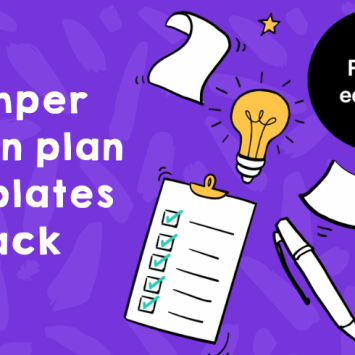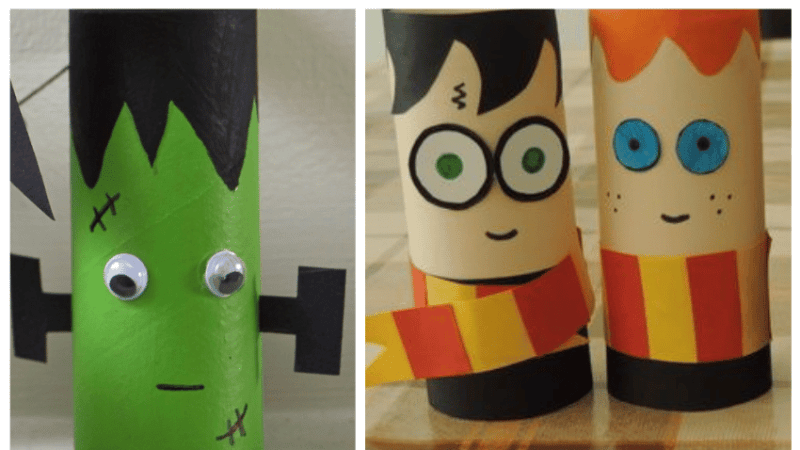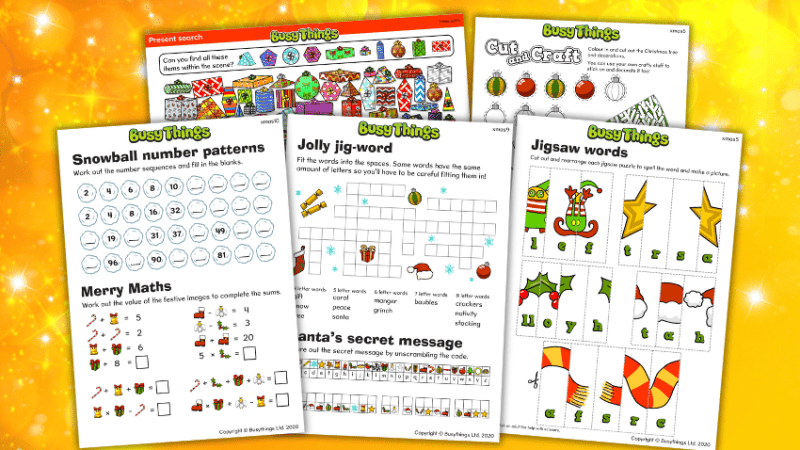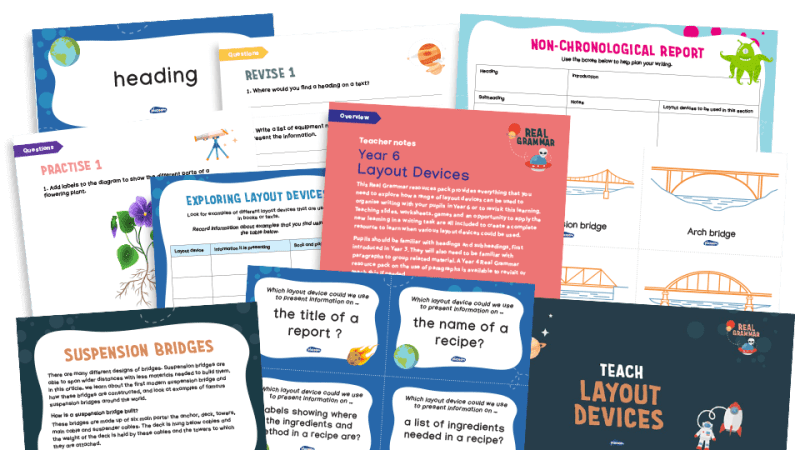Subject-specific vocabulary – How to inject fun into the process

Students can often struggle with subject-specific vocabulary, writes Meera Chudasama – which is why it’s worth trying to inject a little fun into the process…

- by Meera Chudasama
- English, media and film studies teacher, AQA examiner and journal editor
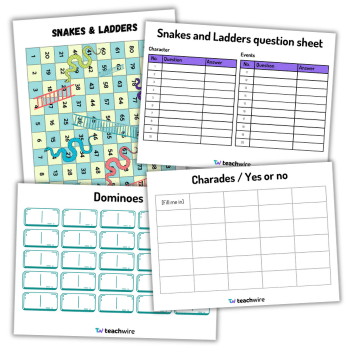
More often than not, we’ll ask students to guess the meaning of subject-specific vocabulary, or generate words for a particular idea. This often takes up a lot of time, and disadvantages those students who don’t come from word-rich backgrounds.
So why not give students subject-specific vocabulary in smaller, bite-size chunks and then provide them with opportunities to use those new words while experimenting with other words in your subject area?
Here, I want to outline a few literacy strategies that can support students in the classrooms of some very different lessons.
Before tackling a new concept or topic, consider the differing degrees of literacy your students are going to have. Think about how you can tackle the fears and difficulties some may experience when learning tricky subject-specific vocabulary.
The games and activities outlined below can all help students become familiar with new, subject-specific vocabulary in an engaging way, and discover how they can use said vocabulary in their work.
Strategies for teaching subject-specific vocabulary
Literacy starters
The first ten minutes of a lesson provide a great opportunity to revise prior learning, highlight any misconceptions and introduce any new subject-specific vocabulary you want your students to learn.
One way of ensuring more needs are met is to use a starter selection of four short literacy activities that students can choose from.
These activities can change and alternate across the topics you’ll be teaching throughout the academic year. Here’s an example of what this might look like for a geography lesson:
Keyword: Superpower, when used in a geographical context, typically refers to a country able to wield considerable influence and dominance over other nations. Use this word in a sentence, and then in a paragraph, giving examples of BRIC nations that are developing into superpowers.
In the news: ‘Will MINT nations supersede BRIC nations?’ Write the opening paragraph to this headline, including key terms from previous lessons.
Anagrams: adtre, upsrewoerp, limtrayi, woper
Quiz it!: Write a ten-question quiz about the features of a superpower nation.
The activities in the grid are designed to test students’ prior knowledge, understand new subject-specific vocabulary and help them become more critically engaged with the wider world.
The keyword task supports students in developing their writing with new words, or terms that are especially tricky. The anagrams, on the other hand, will be useful practice for students who might be struggling to remember and recall subject-specific vocabulary they should already be familiar with.
The aim of the ‘In the news’ activity is to get students making links between the course and the wider world to develop their skills of interpretation. Meanwhile the ‘Quiz it!’ activity serves as a tool for gauging what students have retained and understood from previous topics.
Reading aloud and audiobooks
Whilst it may be great to hear students reading aloud, don’t forget how beneficial it can be for students to also hear their teacher reading.
As well as learning the correct pronunciation of words, they’ll be able to interpret meanings more accurately and likely gain a better understanding of the text itself.
Dedicating a good proportion of your week’s lesson to reading a new text aloud will enable students to understand more difficult subject-specific vocabulary in context.
Consider using written texts from a range of different sources – be it a news article, blog post or book extract. Exposing students to a variety of texts will be particularly helpful for those lacking access to a breadth of literature at home.
You could even try listening to an audiobook together, playing and pausing the audio at key moments to let students extract important information, explore their own interpretations of what they’re hearing and further develop their thoughts on the ideas, characters and events being conveyed.
Here’s a list of questions you could utilise when reading (or indeed listening) to fiction versus non-fiction texts:
| Fiction | Non-fiction |
| Who is the main character? | What does the opening reveal to the reader? |
| What has happened so far? | What do you expect will happen when…? |
| Who do you think will….? | What do you think motivated [X] to do [Y]? |
| How did you feel when…? | When did…? |
| What do you think will happen next? |
Reciprocal teaching
Reciprocal teaching is a wonderful way for students to showcase what they’ve learnt and understood – be that a particular historical event, a new formula or an application of a theoretical approach to the wider world. So how can we make reciprocal teaching effective?
- Give students the autonomy to deliver a 10- to 15-minute presentation from a list of topics you’ve prepared in advance.
- Present the students with a clear success criteria of what needs to be achieved.
- Encourage your presenters to draw on a range of resources in order to demonstrate what they’ve learnt (and perhaps even incorporate some new learning in the process).
If you’ve been teaching the Cold War in history, for example, and you’ve come to the end of a unit of work, divide the class into small groups and give them each a topic to focus on.
Possibilities in this instance might include Potsdam, the start of the Cold War, satellite states, American foreign policy or the role played by Hungary.
You could then give each group a list of key terms you’d like to see them include in their presentations, as a way of measuring how successful their understanding has been.
Flipped reading
Give students key readings to study at home (perhaps by revisiting your collection of articles, blogposts and book extracts from earlier). In the readings, highlight any keywords that are particularly important for students to know, and then refer back to these during the lessons that follow.
Encourage the students to read their texts aloud with parents, carers or guardians, and perhaps couple this with sending home letters or correspondence to ensure they’ll be able to provide appropriate support.
Word play
This year, I’ve been seeing a lot of benefit in playing literacy-based games to help our lower-ability students gain confidence with using words.
From Boggle to Bananagrams, we’ve used games to build resilience, boost word confidence and create a community built around the sharing of words with each other.
Boggle
- Write a selection of 12 letters on the board.
- Allow students three optional lifelines (if you want to): a) students get to add ONE letter of their choice; b) students can switch ONE letter for another; c) students can create a duplicate of ONE letter only.
- Set a timer, and then award the student who can create the most words out of the final selection of letters, and the student who manages to come up with the longest word.
- At the end, write the lengthiest words on the board, describe what they mean and explain how they could be used in a sentence.
- Over time, you’ll see students progress from smaller words to much lengthier words (though do encourage them to check their spellings).
Bananagrams
(For 2 to 4 players, full kit available from online retailers)
- Give each player a selection of 20 letter tiles from the 144 supplied in the kit; place the remaining tiles in the centre of the table.
- The students then use their letters to create as many words as they can, arranging their words left to right horizontally, or top to bottom vertically. At this stage, the students can change any of their words any time.
- As soon as a player places the last letter on their grid, they shout ‘Peel!’ They, and everyone else playing, then has to take another letter.
- When the number of tiles left in the centre is fewer than the number of players, the first player to successfully use all of their letters in a connected word grid is declared the winner of that round.
- You can play for as many or as few rounds as you wish, and potentially assign students specific keywords that they’ll need to ensure appear within their Bananagrams.
Meera Chudasama is an English, media and film studies teacher.



